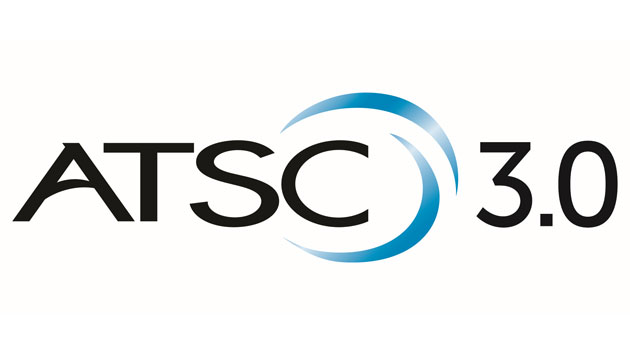FCC Seeks Comment on Using SFNs to Improve ATSC 3.0 Coverage
The FCC is seeking comment on DTS rule changes proposed by APTS and NAB

WASHINGTON—The FCC today adopted a Notice of Proposed Rulemaking (NPRM) that would modernize its Distributed Transmission System rules to enable TV broadcasters to enhance coverage from NextGen TV (ATSC 3.0) single frequency network on the edge of coverage areas.
“America’s Public Television Stations applaud the action taken today by the FCC, a welcome endorsement of changes in the current rules that will allow broadcast television stations to unlock the benefits of NextGen TV through DTS operations that better serve their viewers while preserving their commitment to localism and avoiding interference issues,” said Patrick Butler, president and CEO of APTS.
The NPRM seeks comment on technical changes proposed by APTS and NAB to the agency’s rules to allow—with certain limits—signals from SFN sites to “spill over” beyond the authorized service area of a station “by more than the ‘minimal amount’ currently allowed” by the rules, the FCC said.
In an October 2019 rulemaking petition filed by APTS and NAB, the organizations asked the FCC to permit stations to deploy SFNs in which the noise limited service contour (NLC) of a DTS transmitter “may exceed the reference facility’s (i.e. the station’s primary transmitter’s) NLC. However, in the case of UHF stations, the 36 dBu F(50, 10) interference contour of a DTS transmitter may not exceed reference facility’s 36 dBu F(50, 10) contour.
The petition noted that the value was proposed because it will ensure interference protection for co-channel Class A and LPTV station operators. Similar interference avoidance was proposed for low- and high-VHF channels.
“These small changes will improve coverage throughout local public television stations’ service areas and improve their ability to offer robust mobile service. It will also enhance spectrum efficiency by reducing the need for television translators operating on redundant channels,” said Butler.
NAB and APTS noted in its petition that the proposed changes are needed to allow broadcasters and viewers alike to benefit fully from the potential of ATSC 3.0.
Get the TV Tech Newsletter
The professional video industry's #1 source for news, trends and product and tech information. Sign up below.
In its NPRM, the agency seeks comment on whether it should change its spillover limits. “In particular, we seek comment on Petitioners’ claim that such a rule change is needed now as the industry embarks on ATSC 3.0 deployment,” the NPRM said. The commission is also seeking comment on whether to adopt the 36 dBu F(50, 10) interference contour as the limiting contour for spillover.
The FCC also seeks comment on the Comparable Area Approach adopted as part of its 2008 DTS Order and whether to retain it as part of its 2017 NextGen TV Order. It also wants to know if the proposal would make it possible for broadcasters to serve additional areas without going through a competitive bidding process, and seeks comment on how such changes would affect the agency’s policy goal of promoting localism.
NAB welcomed news of the NPRM. “NAB applauds the Commission for proposing deployment of single frequency networks allowing broadcasters to better serve viewers while preserving our commitment to localism,” said NAB President and CEO Gordon Smith. “These SFNs could improve service throughout a station’s coverage area and, in particular, near the edge of the coverage area. SFNs could also improve mobile reception and allow more efficient use of broadcast spectrum. FCC staff is to be commended for moving this item quickly, and we look forward to establishment of final rules.”
The NPRM is available on the FCC website.
Phil Kurz is a contributing editor to TV Tech. He has written about TV and video technology for more than 30 years and served as editor of three leading industry magazines. He earned a Bachelor of Journalism and a Master’s Degree in Journalism from the University of Missouri-Columbia School of Journalism.

